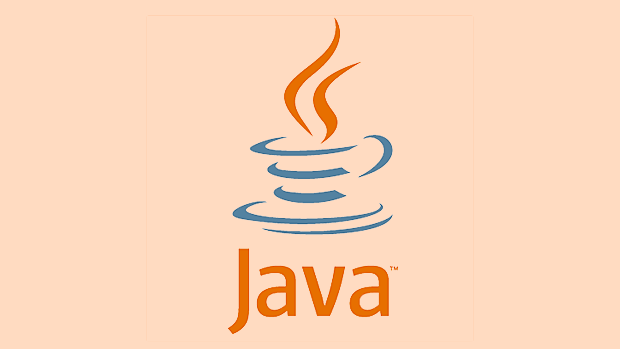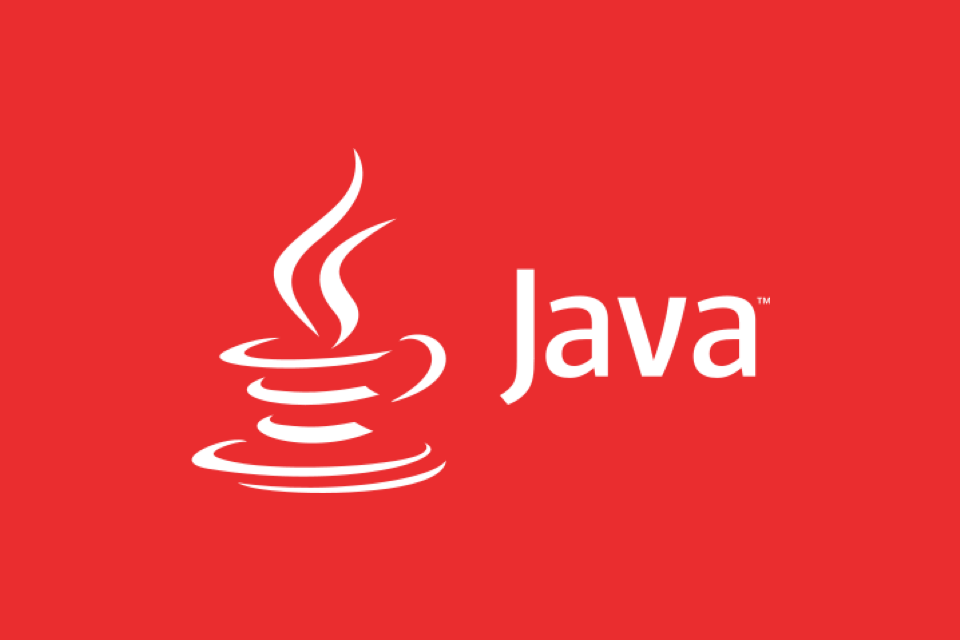How to implement security features using Java Cryptography Architecture (JCA)? The answers are as follows: 1. Select the appropriate provider, such as the built-in SUN, SunJCE or third-party Bouncy Castle (BC), and add Security.addProvider() according to your needs; 2. Use KeyPairGenerator to generate key pairs, such as RSA or EC algorithm; 3. Use Cipher class to perform encryption and decryption operations, pay attention to choosing the appropriate filling method; 4. Use MessageDigest to implement message digests, such as SHA-256 for data integrity verification; 5. Use KeyStore to manage keys and certificates, support JKS, PKCS12 and other types, and can store private keys and certificates to files. Mastering these steps allows you to flexibly apply JCA to handle encryption requirements in your project.

Java Cryptography Architecture (JCA) is a set of security frameworks provided by Java for encryption, decryption, signature and verification. It supports a variety of algorithms and providers, and can be flexibly integrated into various applications. If you need to implement security features in your Java project, it is helpful to understand the basic usage of JCA.

Below are some common and practical usage suggestions for developers who are new to JCA.
How to choose the right provider?
JCA is a Service Provider Interface (SPI) architecture that allows you to insert different encryption implementations. Common built-in providers include SUN , SunJCE and SunJSSE , and third parties such as Bouncy Castle (BC) are also commonly used.

- If you only do standard encryption operations, the default provider is generally enough.
- If you need richer algorithm support or stronger security (such as the Guose algorithm), you can consider adding extension providers such as BC.
- The method to add a Provider is usually:
Security.addProvider(new BouncyCastleProvider());
Note: Some providers need additional downloads and configurations into classpaths, such as Bouncy Castle.
How to write common encryption operations?
1. Generate a key pair (such as RSA)
KeyPairGenerator kpg = KeyPairGenerator.getInstance("RSA");
kpg.initialize(2048);
KeyPair kp = kpg.generateKeyPair();This code creates a 2048-bit RSA key pair. It can be replaced with other algorithms as needed, such as EC (elliptic curve).

2. Encryption and decryption
Use the Cipher class to encrypt and decrypt:
Cipher cipher = Cipher.getInstance("RSA/ECB/PKCS1Padding");
cipher.init(Cipher.ENCRYPT_MODE, publicKey);
byte[] encrypted = cipher.doFinal("secret".getBytes());Pay attention to the choice of filling methods, and the filling methods applicable to different algorithms are also different.
3. Message summary (Hash)
MessageDigest md = MessageDigest.getInstance("SHA-256");
byte[] hash = md.digest("data".getBytes());Suitable for data integrity verification and other scenarios.
Use KeyStore to manage keys
Java provides KeyStore tools to manage keys and certificates, especially suitable for enterprise-level applications.
- Create or load KeyStore:
KeyStore ks = KeyStore.getInstance(KeyStore.getDefaultType()); ks.load(null, null); // Create an empty keystore
- Add private key and certificate chain:
ks.setKeyEntry("alias", privateKey, password, certificateChain);- Store in a file:
try (FileOutputStream fos = new FileOutputStream("keystore.jks")) {
ks.store(fos, storePassword);
}KeyStore supports a variety of types, such as JKS (Java default), PKCS12 (with good cross-platform compatibility), etc.
Basically that's it. Once you master these basic content, you can start using JCA in your actual project to handle encryption requirements. Although it seems a bit complicated, it is not difficult to follow the steps.
The above is the detailed content of How to use the Java Cryptography Architecture (JCA)?. For more information, please follow other related articles on the PHP Chinese website!

Hot AI Tools

Undress AI Tool
Undress images for free

Undresser.AI Undress
AI-powered app for creating realistic nude photos

AI Clothes Remover
Online AI tool for removing clothes from photos.

Clothoff.io
AI clothes remover

Video Face Swap
Swap faces in any video effortlessly with our completely free AI face swap tool!

Hot Article

Hot Tools

Notepad++7.3.1
Easy-to-use and free code editor

SublimeText3 Chinese version
Chinese version, very easy to use

Zend Studio 13.0.1
Powerful PHP integrated development environment

Dreamweaver CS6
Visual web development tools

SublimeText3 Mac version
God-level code editing software (SublimeText3)

Hot Topics
 Difference between HashMap and Hashtable?
Jun 24, 2025 pm 09:41 PM
Difference between HashMap and Hashtable?
Jun 24, 2025 pm 09:41 PM
The difference between HashMap and Hashtable is mainly reflected in thread safety, null value support and performance. 1. In terms of thread safety, Hashtable is thread-safe, and its methods are mostly synchronous methods, while HashMap does not perform synchronization processing, which is not thread-safe; 2. In terms of null value support, HashMap allows one null key and multiple null values, while Hashtable does not allow null keys or values, otherwise a NullPointerException will be thrown; 3. In terms of performance, HashMap is more efficient because there is no synchronization mechanism, and Hashtable has a low locking performance for each operation. It is recommended to use ConcurrentHashMap instead.
 Why do we need wrapper classes?
Jun 28, 2025 am 01:01 AM
Why do we need wrapper classes?
Jun 28, 2025 am 01:01 AM
Java uses wrapper classes because basic data types cannot directly participate in object-oriented operations, and object forms are often required in actual needs; 1. Collection classes can only store objects, such as Lists use automatic boxing to store numerical values; 2. Generics do not support basic types, and packaging classes must be used as type parameters; 3. Packaging classes can represent null values ??to distinguish unset or missing data; 4. Packaging classes provide practical methods such as string conversion to facilitate data parsing and processing, so in scenarios where these characteristics are needed, packaging classes are indispensable.
 What are static methods in interfaces?
Jun 24, 2025 pm 10:57 PM
What are static methods in interfaces?
Jun 24, 2025 pm 10:57 PM
StaticmethodsininterfaceswereintroducedinJava8toallowutilityfunctionswithintheinterfaceitself.BeforeJava8,suchfunctionsrequiredseparatehelperclasses,leadingtodisorganizedcode.Now,staticmethodsprovidethreekeybenefits:1)theyenableutilitymethodsdirectly
 How does JIT compiler optimize code?
Jun 24, 2025 pm 10:45 PM
How does JIT compiler optimize code?
Jun 24, 2025 pm 10:45 PM
The JIT compiler optimizes code through four methods: method inline, hot spot detection and compilation, type speculation and devirtualization, and redundant operation elimination. 1. Method inline reduces call overhead and inserts frequently called small methods directly into the call; 2. Hot spot detection and high-frequency code execution and centrally optimize it to save resources; 3. Type speculation collects runtime type information to achieve devirtualization calls, improving efficiency; 4. Redundant operations eliminate useless calculations and inspections based on operational data deletion, enhancing performance.
 What is an instance initializer block?
Jun 25, 2025 pm 12:21 PM
What is an instance initializer block?
Jun 25, 2025 pm 12:21 PM
Instance initialization blocks are used in Java to run initialization logic when creating objects, which are executed before the constructor. It is suitable for scenarios where multiple constructors share initialization code, complex field initialization, or anonymous class initialization scenarios. Unlike static initialization blocks, it is executed every time it is instantiated, while static initialization blocks only run once when the class is loaded.
 What is the Factory pattern?
Jun 24, 2025 pm 11:29 PM
What is the Factory pattern?
Jun 24, 2025 pm 11:29 PM
Factory mode is used to encapsulate object creation logic, making the code more flexible, easy to maintain, and loosely coupled. The core answer is: by centrally managing object creation logic, hiding implementation details, and supporting the creation of multiple related objects. The specific description is as follows: the factory mode handes object creation to a special factory class or method for processing, avoiding the use of newClass() directly; it is suitable for scenarios where multiple types of related objects are created, creation logic may change, and implementation details need to be hidden; for example, in the payment processor, Stripe, PayPal and other instances are created through factories; its implementation includes the object returned by the factory class based on input parameters, and all objects realize a common interface; common variants include simple factories, factory methods and abstract factories, which are suitable for different complexities.
 What is the `final` keyword for variables?
Jun 24, 2025 pm 07:29 PM
What is the `final` keyword for variables?
Jun 24, 2025 pm 07:29 PM
InJava,thefinalkeywordpreventsavariable’svaluefrombeingchangedafterassignment,butitsbehaviordiffersforprimitivesandobjectreferences.Forprimitivevariables,finalmakesthevalueconstant,asinfinalintMAX_SPEED=100;wherereassignmentcausesanerror.Forobjectref
 What is type casting?
Jun 24, 2025 pm 11:09 PM
What is type casting?
Jun 24, 2025 pm 11:09 PM
There are two types of conversion: implicit and explicit. 1. Implicit conversion occurs automatically, such as converting int to double; 2. Explicit conversion requires manual operation, such as using (int)myDouble. A case where type conversion is required includes processing user input, mathematical operations, or passing different types of values ??between functions. Issues that need to be noted are: turning floating-point numbers into integers will truncate the fractional part, turning large types into small types may lead to data loss, and some languages ??do not allow direct conversion of specific types. A proper understanding of language conversion rules helps avoid errors.






